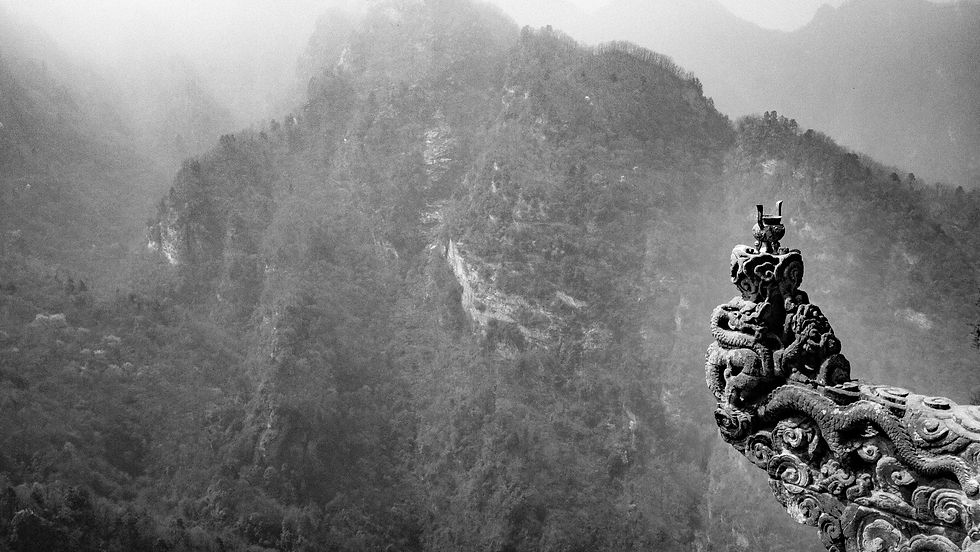Reign of the Khans 蒙古帝國 ᠮᠣᠩᠭ᠋ᠣᠯ ᠬᠠᠭᠠᠨᠲᠤ ᠤᠯᠤᠰ
- Robin Yong

- Mar 16, 2024
- 2 min read

During the 13th and 14th centuries, the Mongol Empire was the most contiguous empire in recorded history. Founded in what is now Mongolia in East Asia, the Mongol Empire at its height spanned the Persian Plateau, the Sea of Japan, parts of Eastern Europe, and even parts of the Arctic. It also reached east and south into the Indian subcontinent, attempted invasions of Southeast Asia, and reached as far west as the Levant and the Carpathian Mountains.
The Mongol Empire emerged from the unification of several nomadic tribes in the Mongol heartland under the leadership of Temüjin, known by the more famous title of Genghis Khan (c. 1162 – 1227), whom a council proclaimed as the ruler of all Mongols in 1206. The empire grew rapidly under his rule and that of his descendants, who sent out invading armies in every direction. The vast transcontinental empire connected the East with the West, and the Pacific to the Mediterranean, in an enforced Pax Mongolica, allowing the exchange of trade, technologies, commodities, and ideologies across Eurasia.
The theme for the Venice Carnevale 2024 is "Ad Oriente. The amazing journey of Marco Polo”, so many people come with chinoiserie kind of costumes. Chinoiserie is the European interpretation and imitation of Chinese and other East Asian artistic traditions, especially in the decorative arts, garden design, architecture, literature, theatre, and music.
Marco Polo (c. 1254 – 8 January 1324) was a Venetian merchant, explorer and writer who travelled through Asia along the Silk Road between 1271 and 1295. His travels are recorded in The Travels of Marco Polo (also known as Book of the Marvels of the World and Il Milione, c. 1300), a book that described to Europeans the then-mysterious culture and inner workings of the Eastern world, including the wealth and great size of the Mongol Empire and China in the Yuan Dynasty, giving their first comprehensive look into China, Persia, India, Japan and other Asian cities and countries.
The Mongols had a history of supporting merchants and trade. Genghis Khan had encouraged foreign merchants early in his career, even before uniting the Mongols. Merchants provided information about neighboring cultures, served as diplomats and official traders for the Mongols, and were essential for many goods, since the Mongols produced little of their own.
Before his death, Genghis Khan divided his empire among his sons and immediate family, making the Mongol Empire the joint property of the entire imperial family who, along with the Mongol aristocracy, constituted the ruling class.
Genghis Khan arranged for the Chinese Taoist master Qiu Chuji to visit him in Afghanistan, and also gave his subjects the right to religious freedom, despite his own shamanistic beliefs.
My Italian friends Arnaldo and Daniel are true veterans of the Venice Carnevale. They usually have 4 different costumes each year, and one will have a sovereign theme. This is their Mongol and Genghi Khan inspired costumes, with a little bit of Afghan influence...we will call it "The Reign of the Khans".






Comments